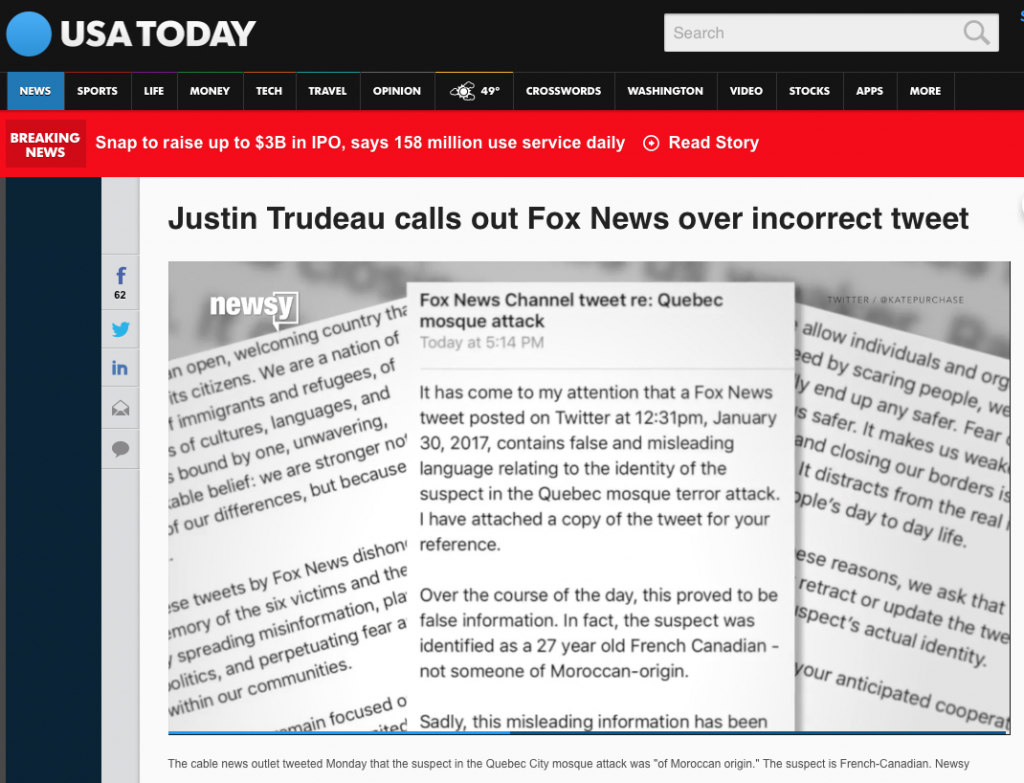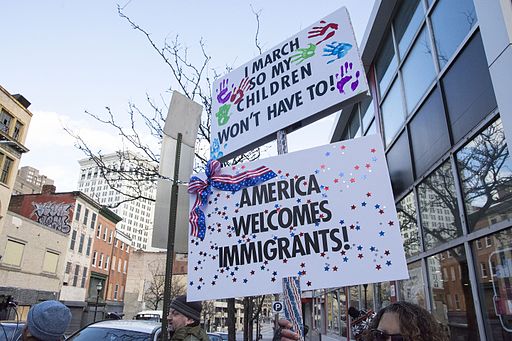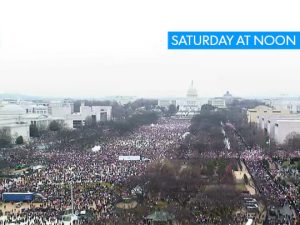
By Stacie Swain
The framing of tragedies by government officials and state actors in the USA and Canada this past week raise questions regarding the boundaries around “victims” and related categories – “perpetrators” or often in modern times, “terrorists” – and how such shifting boundaries are constructed and contested through strategies of naming and erasing. Continue reading “Naming and Erasing”


 Recognizing identifications as narrative constructs or fixed identities organizes the world in particular ways that inform the debate over the
Recognizing identifications as narrative constructs or fixed identities organizes the world in particular ways that inform the debate over the 




